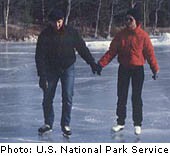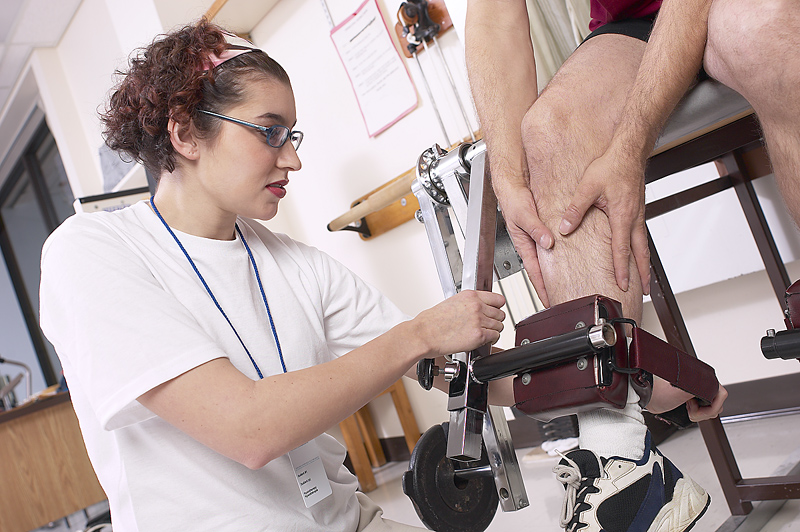
SUNDAY, Jan. 5, 2014 (HealthDay News) — Skiing, skating, snowboarding and sledding are great ways to stay active during the winter — if you take proper safety precautions.
These sports require planning and caution to avoid potentially serious injuries, according to the American Academy of Orthopaedic Surgeons.
“Common winter sport injuries from skiing and snowboarding include sprains, strains, dislocations and fractures,” Dr. A. Herbert Alexander, an orthopedic surgeon in Ketchum, Idaho, said in an academy news release.
More than 310,000 people were treated in hospitals, doctors’ offices and emergency rooms in 2012 for winter sports-related injuries, according to the U.S Consumer Product Safety Commission. Of these, more than 40,000 were caused by sledding, nearly 98,000 involved snowboarding, about 120,000 were skiing injuries and 53,000 involved ice skating.
“Often, these injuries occur at the end of the day, as people try to get in one more ski, sled or snowboard run, despite fatigue or discomfort,” Alexander noted. “Fortunately, most winter sport injuries can be prevented if participants stay in good physical condition, gradually increase their level of difficulty, stay alert and stop when they are tired or feel pain. Don’t forget to wear helmets while skiing, snowboarding, or sledding. Remember to stay well-hydrated and remember to use sunscreen.”
Sledders could reduce their risk of injury by sledding in the correct position and not veering out of a sledding path. Skiers and snowboarders should also use the right equipment and follow the rules of those sports.
The academy provided several more winter sports safety tips, including the following:
- Don’t go it alone. Whenever possible, stay with a partner. Before venturing out, it’s also important to make sure someone who is not participating in the activity knows where you will be.
- Check the forecast. Be aware of all warnings about storms and drastic drops in temperature. It’s important to adjust for icy conditions, deep snow powder, wet snow and severe weather conditions.
- Dress properly. It’s a good idea to wear several loose, water- and wind-resistant layers to stay dry and warm. Protective gear should also be worn, including goggles, helmets, gloves and padding. Be sure all equipment, such as ski and snowboard bindings, is in good working condition.
- Warm up. Like any sport, it’s important to take it slow and warm up before engaging in vigorous winter activities. Muscles, tendons and ligaments that are cold are more susceptible to injury.
- Follow the rules. Winter sports have rules. It’s important to be aware of these rules and follow them. If possible, beginners should take lessons from a qualified instructor, particularly for skiing and snowboarding.
- Stay connected. Be sure to carry a cellphone in case of an emergency.
More information
The U.S. Centers for Disease Control and Prevention has more winter health and safety tips.
Copyright © 2025 HealthDay. All rights reserved.

